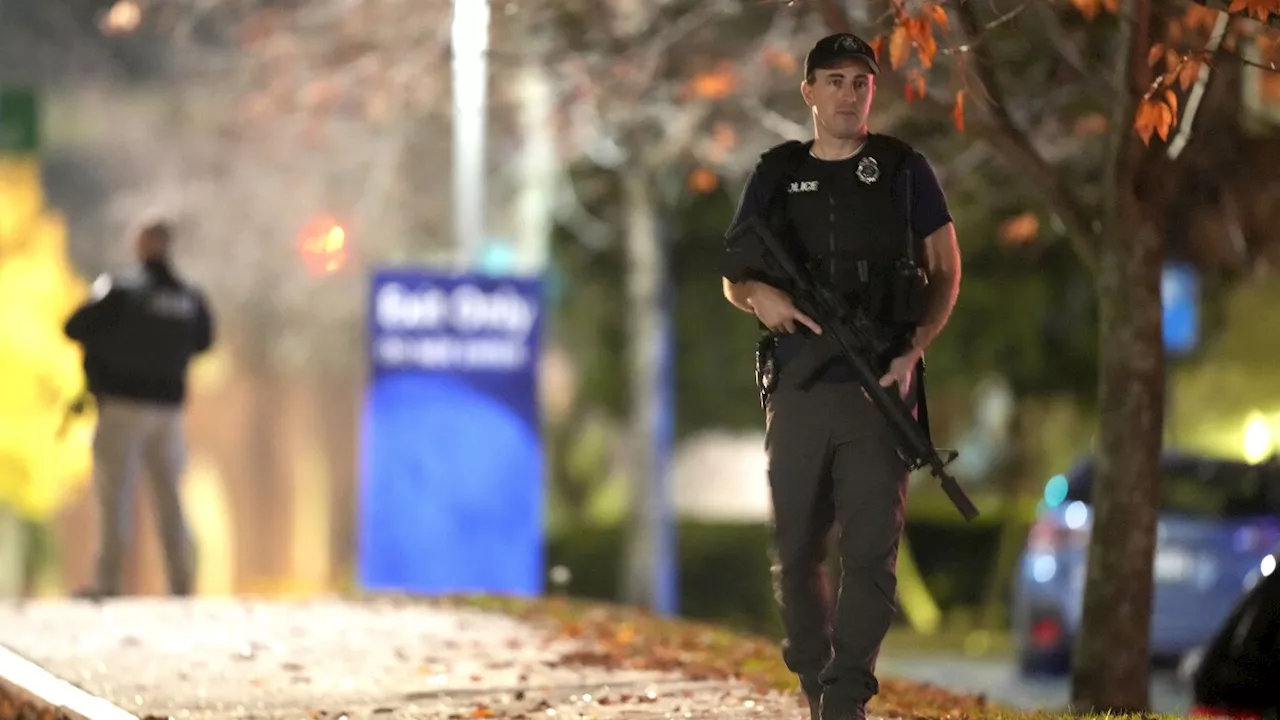Sam Lemonick is a freelance reporter and writer living in Maine. He studied chemistry and English literature at Carleton College in Minnesota. He focuses on chemistry, but has covered everything from machine learning to Mars, and mercury poisoning to Mason jars. He also reports for his local newspaper, the Harpswell Anchor.
Atoms or molecules bounce around randomly, collide, and form other molecules. At higher temperatures, atoms collide more and the rate at which atoms become molecules increases. Below a certain temperature, the reaction won't happen at all.
The first demonstration of this weird process has opened a window for scientists to better understand how chemical reactions operate in the strange realm of quantum mechanics, which governs the behavior of subatomic particles. It also may help to simulate quantum phenomena that classic computers struggle to model accurately, such as superconductivity.
A new kind of chemistryThe term"superchemistry" was coined in 2000 to liken the phenomenon to other strange effects, like superconductivity and superfluidity, which emerge when large numbers of particles are in the same quantum state. The process would resemble a phase transition, Chin says, such as when liquid water freezes to ice. And, thanks to the quantum weirdness of these systems, the more atoms condensed in the BEC, the faster the reaction happens, Heinzen and Drummond's calculations predicted.
It wasn't a straight path, and Chin sometimes took breaks from working toward quantum superchemistry. But he never abandoned his goal. Next, they use evaporative cooling. The atoms in these experiments are trapped by laser light or magnetic fields. Scientists can adjust the traps to let the fastest — and, therefore, hottest — atoms escape. This process further cools the atoms to billionths of a kelvin, where quantum superchemistry is possible.
That proof came three years later. By then, they had collected the evidence of two hallmarks of quantum superchemistry. First, the reaction was happening collectively, meaning many cesium atoms became cesium molecules at once. And second, it was reversible, meaning the atoms would become molecules, which would become atoms, and on and on.
"It was obvious even from the beginning going to be kind of a negative effect, but in 2000 we had no idea how big it would be," Heinzen said."We just said, we're ignoring it because we don't know how big."
United States Latest News, United States Headlines
Similar News:You can also read news stories similar to this one that we have collected from other news sources.
 Maine sheriff had probable cause to detain Maine gunman before mass shooting, independent report claimsU.S. Army and law enforcement officials had probable cause necessary to take the Lewiston, Maine, mass shooting perpetrator into custody before he committed the heinous crime.
Maine sheriff had probable cause to detain Maine gunman before mass shooting, independent report claimsU.S. Army and law enforcement officials had probable cause necessary to take the Lewiston, Maine, mass shooting perpetrator into custody before he committed the heinous crime.
Read more »
 Maine mass shooter's guns should have been seized weeks before, report findsMaine mass shooter Robert Card should have been in protective custody and had his weapons seized weeks before he killed 18 people, a new report concludes.
Maine mass shooter's guns should have been seized weeks before, report findsMaine mass shooter Robert Card should have been in protective custody and had his weapons seized weeks before he killed 18 people, a new report concludes.
Read more »
 'Several' missed opportunities to possibly stop Maine mass shooter: ReportIf taken, those actions 'may have changed the course of events' the report said.
'Several' missed opportunities to possibly stop Maine mass shooter: ReportIf taken, those actions 'may have changed the course of events' the report said.
Read more »
 How a Maine 8-year-old inadvertently became a fashion trendsetter at his schoolMost 8-year-old boys don't get dressed to the nines. But James Ramage of Chelsea, Maine, loves to dress for third-grade success.
How a Maine 8-year-old inadvertently became a fashion trendsetter at his schoolMost 8-year-old boys don't get dressed to the nines. But James Ramage of Chelsea, Maine, loves to dress for third-grade success.
Read more »
 Guns should have been taken from Maine shooter weeks before he killed 18, report findsThe Associated Press
Guns should have been taken from Maine shooter weeks before he killed 18, report findsThe Associated Press
Read more »
 What to know about the Maine mass shooting commission reportAn independent commission has been reviewing the events leading up to Maine's deadliest mass shooting. Army reservist Robert Card killed 18 people at a bowling alley and a bar in Lewiston, Maine, on Oct. 25, 2023.
What to know about the Maine mass shooting commission reportAn independent commission has been reviewing the events leading up to Maine's deadliest mass shooting. Army reservist Robert Card killed 18 people at a bowling alley and a bar in Lewiston, Maine, on Oct. 25, 2023.
Read more »
